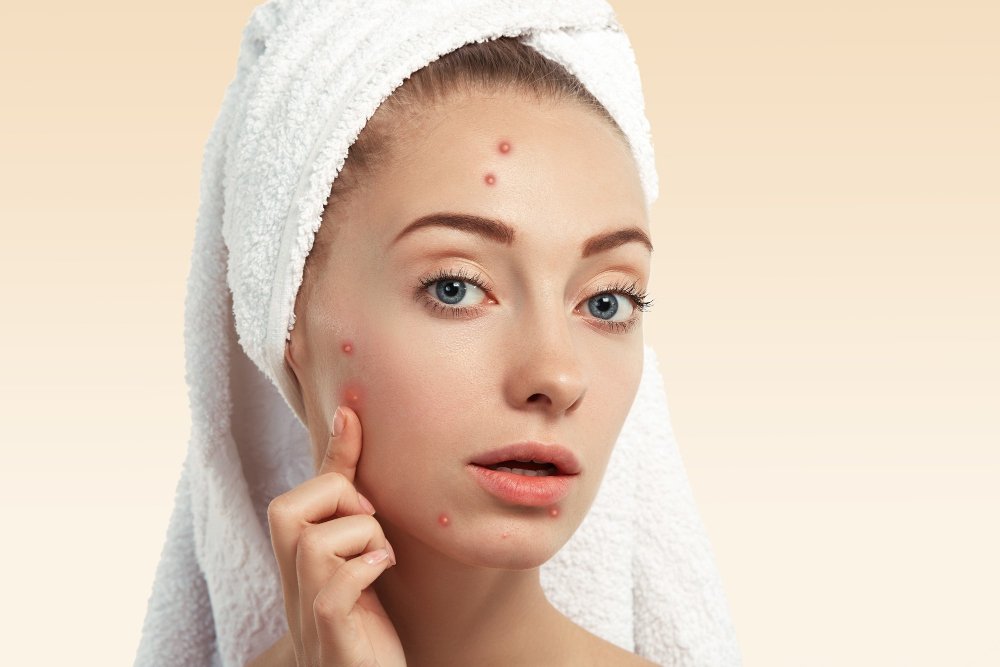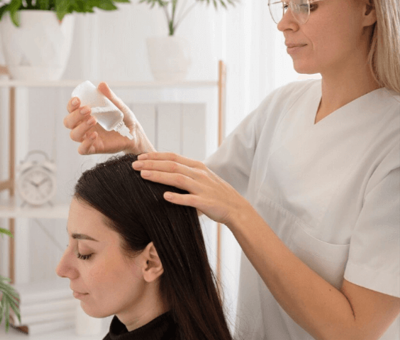How Korean Dermatology Clinics Use Advanced Lasers to Tackle Stubborn Acne
Acne can be persistent—and in some cases, highly resistant to conventional treatments like topical retinoids, antibiotics, or hormonal therapy. For these patients, laser therapy has emerged as a breakthrough option, especially in advanced dermatology clinics across South Korea.
With cutting-edge laser devices, individualized care protocols, and highly trained dermatologists, Korea is now a global hub for managing resistant acne cases through non-invasive laser technology.
🔍 What Is “Resistant Acne”?
Resistant acne refers to acne that:
- Fails to respond to 6 months or more of standard topical/oral treatments
- Recurs quickly after medication ends
- Involves severe inflammation, deep cysts, or nodules
- Is complicated by hormonal imbalance, oily skin, or scarring
These cases are often seen in adults (especially women with hormonal acne), patients with underlying PCOS, or individuals with chronic stress and lifestyle triggers.
🌟 Why Korean Clinics Use Laser for Resistant Acne
Korea is a global leader in medical aesthetics, and its dermatology clinics are equipped with medical-grade laser systems capable of targeting:
- Sebum production
- Acne-causing bacteria (C. acnes)
- Chronic inflammation
- Acne pigmentation and early scarring
Laser technology offers several advantages in resistant acne management:
- No systemic medication needed
- No bacterial resistance (unlike antibiotics)
- Improves both active acne and skin texture
- Faster visible improvement
🧑⚕️ “For patients with chronic, treatment-resistant acne, lasers allow us to go beyond surface-level care. We’re treating inflammation at the source,” — Dr. Lee Min-Jung, Laser Dermatologist, Seoul.
🔬 Key Laser Technologies Used in Korea for Resistant Acne
1. Gold PTT Laser (Photothermal Therapy)
- How it works: Gold nanoparticles are applied to the skin and absorbed by sebaceous glands. Laser energy then heats and shrinks these glands.
- Best for: Oily, cystic acne; resistant hormonal acne
- Benefits:
- Targets oil glands without damaging surface skin
- Long-term sebum control
- Minimal downtime
2. 1064nm Nd:YAG Laser
- How it works: Penetrates deeply to reduce inflammation, redness, and acne scars.
- Best for: Red, inflamed nodules; post-acne pigmentation
- Benefits:
- Anti-inflammatory effect
- Collagen remodeling
- Suitable for all skin tones
3. IPL (Intense Pulsed Light)
- How it works: Broad-spectrum light reduces redness, kills bacteria, and fades pigmented spots.
- Best for: Persistent pustules, redness, and discoloration
- Benefits:
- Non-invasive
- Brightens post-acne skin
- Used in combination therapy
4. LDM-MED (Local Dynamic Micro-massage)
- How it works: Ultrasound waves stimulate cellular activity and reduce inflammation.
- Best for: Sensitive, inflamed acne or compromised skin barriers
- Benefits:
- No downtime
- Soothes redness and improves healing
- Safe for teens and adults
5. Blue and Red LED Light Therapy
- How it works:
- Blue light kills C. acnes bacteria
- Red light reduces inflammation and promotes healing
- Best for: Mild to moderate resistant acne or as maintenance
- Benefits:
- Completely non-invasive
- No side effects
- Often used alongside other lasers
🧪 Combination Laser Protocols in Korean Clinics
Korean dermatologists often combine multiple lasers and therapies based on the patient’s unique skin profile. A typical resistant acne treatment plan might include:
| Week | Treatment |
|---|---|
| 1 | Deep cleansing + LDM + Blue LED |
| 2 | Gold PTT laser (oil control) |
| 3 | IPL (pigmentation/redness) |
| 4 | Nd:YAG for inflammation and collagen stimulation |
Each program is tailored and adjusted over 4 to 8 weeks, often combined with:
- Light chemical peels
- LED phototherapy
- Sebum-controlling topicals
💬 “We treat acne in layers. First, we reduce bacteria. Then we control oil. Finally, we heal inflammation and prevent scarring. Lasers allow us to do this with precision,” — Dr. Han Soo-Young, Busan Dermatology Institute.
⚠️ Are There Side Effects?
Laser acne treatments are safe when performed in licensed clinics, but some patients may experience:
- Temporary redness or swelling
- Mild flaking or dryness
- Rare cases of post-inflammatory hyperpigmentation (PIH)
Downtime is typically minimal—most patients return to daily activities immediately or within 24 hours.
🎯 Ideal Candidates for Laser Acne Therapy in Korea
Laser therapy is ideal for:
- Patients with treatment-resistant acne
- Adults with hormonal or cystic acne
- Those who cannot tolerate oral medication (e.g., due to pregnancy or side effects)
- Patients with acne scars or pigmentation
- People looking for a non-antibiotic solution
✈️ For Medical Tourists: What to Expect in Korea
South Korea offers streamlined acne laser packages for international patients. Here’s what most clinics offer:
- Initial consultation and skin analysis
- Customized laser sessions (2–6 weeks)
- Aftercare kits with Korean skincare products
- Multilingual support (English, Mandarin, Japanese)
- Follow-up via teleconsultation
🧳 Tip: Many patients schedule a 2–3 week stay in Seoul or Busan to undergo a full acne treatment series.
🧴 Post-Treatment Care & Maintenance
To prolong laser results, Korean clinics often recommend:
- Oil-free, non-comedogenic moisturizers
- Broad-spectrum SPF 50+ sunscreen
- Avoiding heavy cosmetics for 2–3 days post-laser
- Using calming serums with Centella, niacinamide, or azelaic acid
Maintenance sessions (once every 1–2 months) may be advised depending on acne severity.
📝 Final Thoughts
Korean dermatology clinics are leading the global shift toward laser-based treatment of resistant acne, using science-backed, minimally invasive methods to deliver visible and long-term results.
With a combination of high-tech devices, personalized care, and holistic protocols, resistant acne is no




